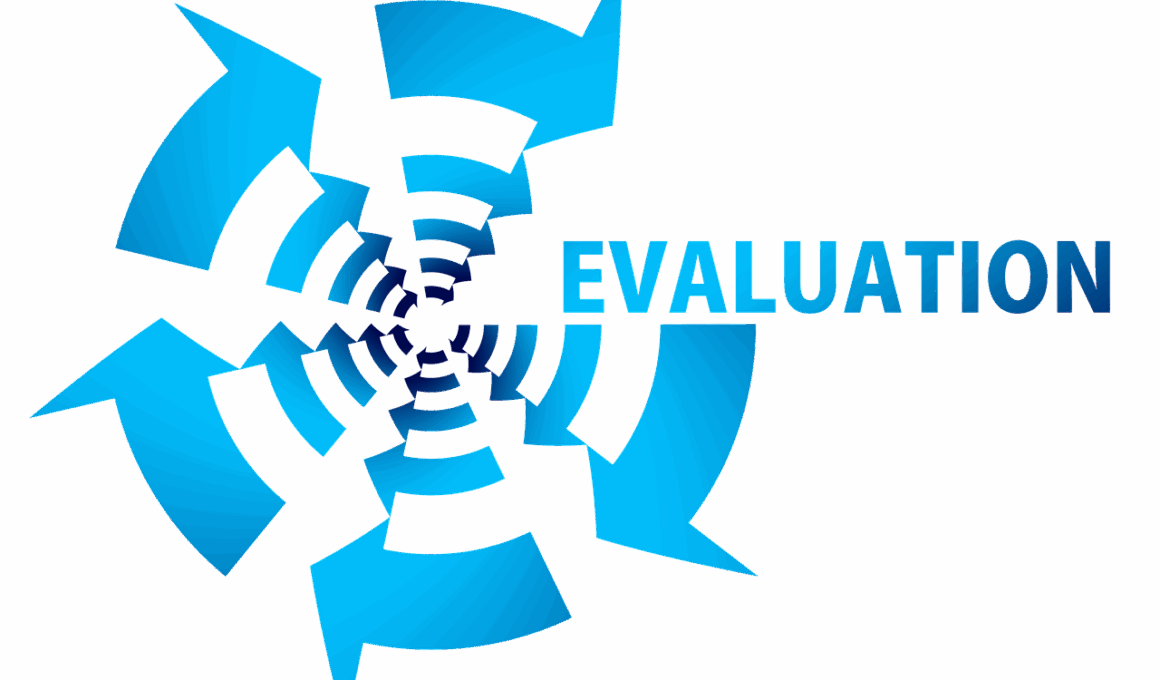Top Tools for Critical Path Method Analysis in Projects
The Critical Path Method (CPM) is essential for project managers aiming to track and analyze the time required to complete a project. The method involves identifying the longest stretch of dependent activities and measuring the time required to complete them from start to finish. Several tools have emerged to assist in making CPM more accessible and efficient. These tools cater to project managers with varying levels of expertise and can streamline processes significantly. One of the leading tools is Microsoft Project, known for its flexibility and integration capabilities. It allows users to create detailed project schedules that highlight critical paths. Another noteworthy tool is Primavera P6, often used in larger projects where extensive scheduling and resource management are crucial. Trello, while not specifically for CPM, can be customized with boards and cards to visualize project timelines. Smartsheet combines project scheduling with collaboration features, making team communication seamless. Each of these tools has unique features tailored to different project requirements and goals, promoting better decision-making and time efficiency. Implementing these tools can help ensure that project managers complete projects on time and within budget.
1. Microsoft Project
When it comes to project management tools, Microsoft Project stands out due to its comprehensive features that assist in employing the Critical Path Method (CPM). It enables users to build complex schedules and manage resources effectively and has been a staple in the industry for many years. Microsoft Project provides Gantt charts, resource allocation, and sophisticated reporting options, essential for tracking project progress. Its interface is user-friendly and integrates seamlessly with other Microsoft applications, which many organizations already use. The critical path is visually identifiable within the tool, allowing project managers to adjust timelines based on real-time updates and team feedback. With features like task assignments and deadline tracking, Microsoft Project keeps teams accountable, thus promoting efficiency and productivity. Users can also employ the built-in templates tailored for various industries, which can simplify the scheduling process considerably. Microsoft Project is an invaluable resource for teams seeking to improve their project planning and execution, offering clarity and structured timelines necessary for successful project completion. Overall, its capabilities significantly enhance the effectiveness of CPM in project analysis, making it a top choice among project management tools.
2. Primavera P6
Primavera P6 is another robust software specifically designed for large projects requiring detailed scheduling and resource management. Widely used in industries such as construction and engineering, this tool provides comprehensive capabilities for project managers focusing on the Critical Path Method (CPM). Its advanced features allow the management of multiple projects simultaneously while maintaining a keen focus on deadlines and resources. With Primavera P6, users can easily visualize the critical path and dependencies, which helps in prioritizing tasks effectively. The user interface might seem complex, but its capabilities greatly reward users who invest time in understanding it. One key advantage of Primavera P6 is its ability to produce various reports that display project status, resource usage, and any potential risks associated with delays on the critical path. For project managers who also need to forecast project costs and timelines precisely, this tool becomes indispensable. By integrating project data, Primavera P6 ensures that team members are aligned with project objectives and timelines. Overall, its emphasis on critical path analysis enhances the efficiency of large-scale projects and leads to improved outcomes.
3. Trello
Trello offers a more flexible and visually engaging approach to project management, allowing users to manage tasks effectively, even for those implementing the Critical Path Method (CPM). Its card-based layout makes it easy for teams to visualize workflows and project timelines. Users can create boards for different phases of their projects and move cards to represent progress. Although Trello is not explicitly designed for traditional CPM analysis, its customizable boards enable users to establish task dependencies and track critical tasks visually. Plugins can enhance its functionality, allowing project managers to leverage features tailored towards scheduling and prioritization. Using the ‘Due Date’ feature, teams can easily set deadlines and monitor which tasks are on the critical path. Trello also promotes team interaction as members can comment and share files directly within cards. This collaborative environment helps reduce miscommunication and keeps everyone in the loop. With its integration capabilities, Trello can sync with other productivity tools, making it a versatile choice for teams who prefer a more informal approach while still maintaining focus on critical tasks.
4. Smartsheet
Smartsheet is another tool that incorporates project management features designed to enhance workflow efficiency while supporting the Critical Path Method (CPM). This platform combines traditional scheduling features with collaboration tools that foster teamwork amongst project members. Users can create dynamic Gantt charts, track important deadlines, and visualize tasks to ensure that everyone is aware of the critical path. Smartsheet’s intuitive design permits easy navigation for users of all skill levels, allowing teams to adopt best practices in project management quickly. Additionally, it includes automated reminders and alerts to keep teams informed about task deadlines and upcoming milestones. Smartsheet’s powerful reporting capability enables users to generate insights on task status and project performance, facilitating effective decision-making. The collaborative aspect allows team members to provide updates in real-time, reducing the potential for miscommunication. Integrating with platforms like Google Drive and Slack enhances its performance as a project management tool, enabling seamless sharing of project-related documents and discussions. Consequently, Smartsheet serves as a crucial asset for teams striving to ensure their projects remain on track and are completed efficiently.
5. Wrike
Another great tool for project management and critical path analysis is Wrike, which offers a range of features tailored for project teams. This cloud-based platform is known for its flexibility, ease of use, and robust capabilities in task management and reporting. Wrike allows users to visualize critical tasks through Gantt charts, making it easier to identify the essential path within a project. The tool supports real-time collaboration, where team members can comment and share documents, enhancing overall communication. Wrike’s ability to manage multiple projects at once makes it an excellent choice for organizations managing various initiatives simultaneously. Project managers can assign tasks based on team member availability, enabling better resource optimization. Its reporting dashboard provides insights into project performance, revealing critical insights to identify areas for improvement and facilitate informed decision-making. Additionally, Wrike offers integration options with various apps, such as Microsoft Teams and Google Workspace, for further enhancement of project workflows. With this software, teams can achieve a high level of organization, ensuring that projects are completed efficiently and within defined parameters while focusing on the essential elements of project management.
6. TeamGantt
TeamGantt is another valuable option when it comes to critical path analysis in project management. It combines Gantt chart functionalities with user-friendly features designed for collaboration and scheduling. For teams adopting the Critical Path Method (CPM), TeamGantt allows for clear visualization of timelines, helping to identify crucial tasks and dependencies. It is especially beneficial for teams wanting an intuitive interface to implement CPM without extensive training. With drag-and-drop capabilities, users can easily assign tasks and adjust schedules while observing the impact on project timelines. A unique feature that sets TeamGantt apart is its time tracking capabilities, allowing teams to monitor the actual hours spent on tasks versus the planned hours. This helps refine project estimates and improve accuracy in future planning. TeamGantt also offers file-sharing options, enabling seamless collaboration between team members throughout the project lifecycle. By centralizing project updates and timelines, this tool helps maintain focus on the critical path while ensuring everyone is aligned. Ultimately, TeamGantt enhances the effectiveness of critical path planning, making it a useful asset for any project management endeavor.
Conclusion
In conclusion, selecting the right tools for Critical Path Method (CPM) analysis is vital for achieving project success. The tools reviewed here, including Microsoft Project, Primavera P6, Trello, Smartsheet, Wrike, and TeamGantt, each offer unique strengths tailored to different project management needs. By leveraging these tools, project managers can enhance their planning efficiency, monitor progress effectively, and adapt to changing project conditions. Understanding when and how to utilize these tools can lead to improved communication within teams and better overall project outcomes. Projects often face numerous challenges that can derail timelines, making it crucial to have effective tracking and management mechanisms in place. Choosing a suitable tool can dramatically improve time management, budget adherence, and resource optimization. As project complexities continue to grow, embracing technology in project management has become essential. By utilizing these CPM tools, organizations can confront project challenges head-on, ensuring they stay on the path to success. Ultimately, making informed decisions regarding the right project management tools can enhance overall performance, enabling teams to deliver successful projects that meet set objectives.


